Why shippers care about reduced emissions in their network
FreightWaves SONAR
APRIL 15, 2021
But what do they mean for the supply chain network of today? The impact transportation pollution cause on global supply chain networks A few main categories of pollution and waste can be tied back to local and global supply chain activities and poor integration practices. Request a FreightWaves SONAR demo to get started. .


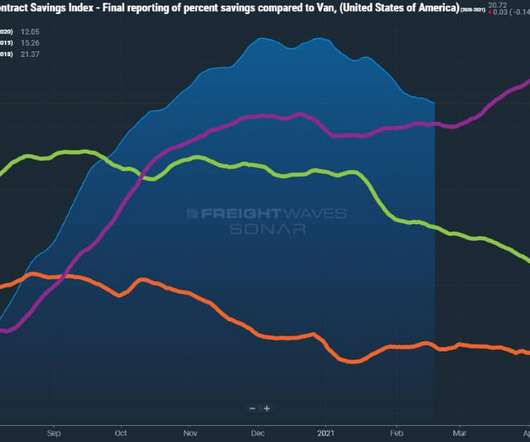

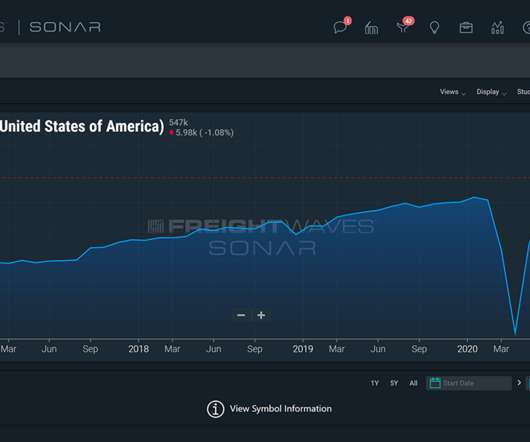

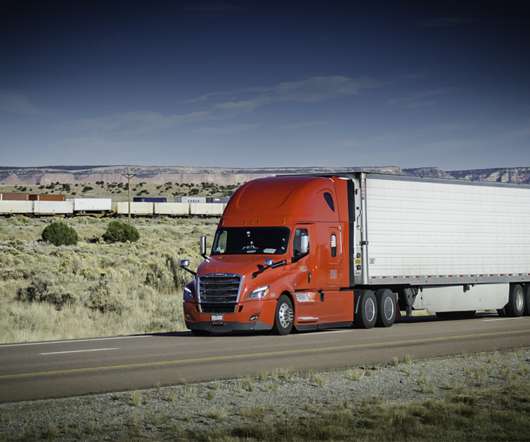
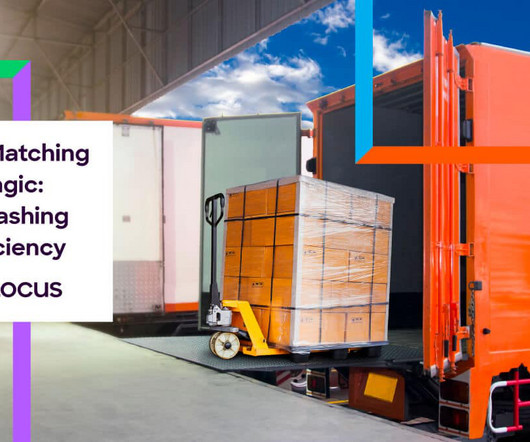
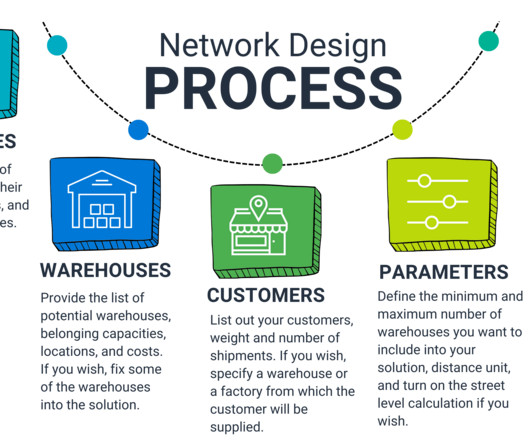
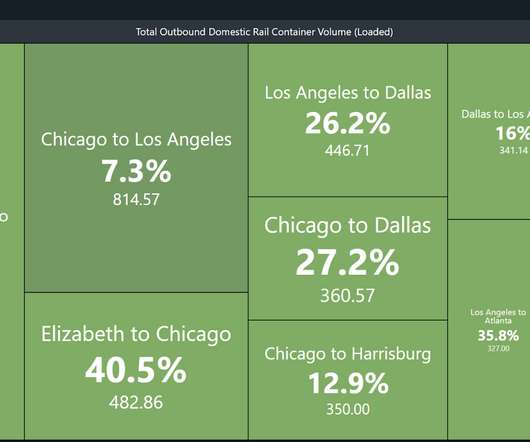


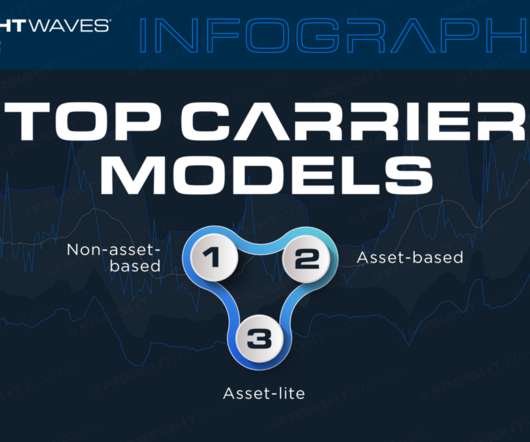








Let's personalize your content